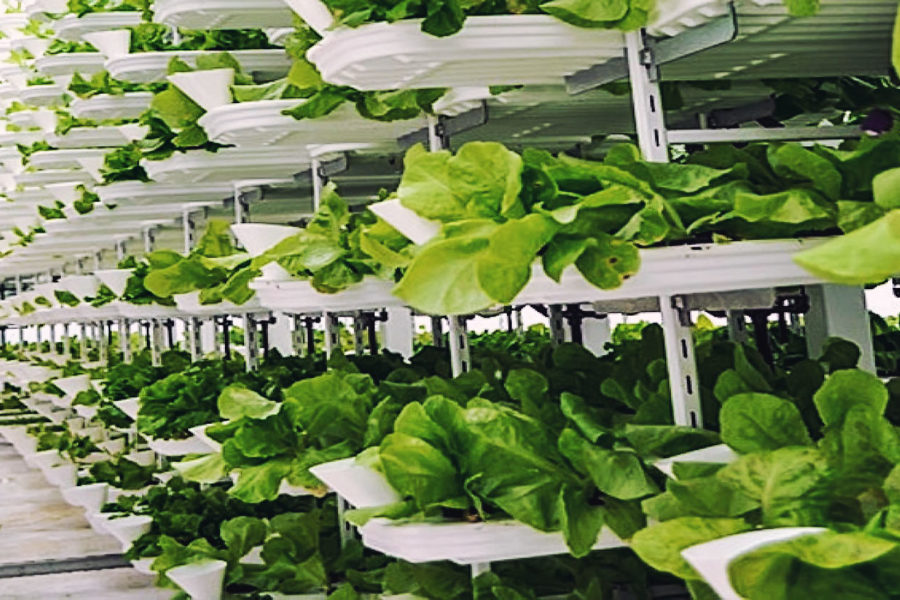How to Implement Sustainable Agriculture Methods on Your Farm
Implementing sustainable agriculture methods on your farm involves adopting practices that improve environmental health, enhance farm productivity, and promote economic viability. These methods can help you conserve resources, reduce waste, and build a more resilient farming system. Here’s a step-by-step guide on how to effectively incorporate sustainable agriculture techniques into your farming operations.
1. Assess Your Farm’s Current Practices
Before making any changes, start by evaluating your current farming practices. Identify areas where improvements can be made, such as soil management, water use, pest control, and crop rotation. Conducting a comprehensive assessment will help you understand your farm’s strengths and weaknesses, and provide a baseline for measuring progress.
2. Set Clear Goals
Define what you hope to achieve by implementing sustainable agriculture methods. Your goals might include improving soil health, reducing water usage, or increasing biodiversity. Setting clear and specific goals will guide your decision-making process and help you measure the success of your sustainable practices.
3. Start with Soil Health
Soil health is the foundation of sustainable agriculture. Begin by improving soil quality through practices such as:
- Cover Cropping: Plant cover crops during the off-season to protect and enrich the soil. Cover crops can prevent erosion, add organic matter, and enhance soil fertility.
- Composting: Use compost to add organic matter and nutrients to the soil. Composting also reduces waste and improves soil structure.
- Reduced Tillage: Minimize soil disturbance by adopting conservation tillage techniques like no-till or minimum tillage. This helps maintain soil structure and reduces erosion.
4. Implement Efficient Water Management
Water is a precious resource, and efficient management is essential for sustainable farming. Consider the following practices:
- Drip Irrigation: Install drip irrigation systems to deliver water directly to plant roots, reducing water wastage and improving efficiency.
- Rainwater Harvesting: Collect and store rainwater for irrigation use. This can reduce reliance on external water sources and lower water costs.
- Water Conservation: Use mulch and ground cover crops to retain soil moisture and reduce evaporation. Implement techniques like contour plowing and terracing to manage water runoff and prevent erosion.
5. Adopt Integrated Pest Management (IPM)
IPM is a holistic approach to pest control that minimizes the use of chemical pesticides. Implement IPM by:
- Monitoring: Regularly check for pests and diseases to identify problems early.
- Biological Controls: Encourage natural predators, such as ladybugs or birds, to help control pest populations.
- Cultural Practices: Use crop rotation, resistant varieties, and other cultural practices to reduce pest problems.
- Selective Use of Pesticides: If necessary, use targeted, low-impact pesticides as a last resort.
6. Incorporate Agroforestry
Agroforestry involves integrating trees and shrubs into your farming system. Benefits include improved soil health, increased biodiversity, and enhanced farm resilience. To implement agroforestry:
- Plant Trees: Choose tree species that complement your existing crops and provide benefits such as windbreaks, shade, or additional income from timber or fruit.
- Design the System: Plan your agroforestry system to maximize benefits, such as placing trees strategically to protect crops and livestock or improve soil fertility.
7. Embrace Organic Farming Principles
Organic farming focuses on using natural inputs and processes to maintain soil fertility and control pests. Implement organic practices by:
- Avoiding Synthetic Chemicals: Use natural fertilizers and pest control methods, such as compost, manure, and biological pest control.
- Promoting Biodiversity: Encourage a diverse range of plants and animals on your farm to enhance ecosystem resilience.
- Certification: If desired, pursue organic certification to validate your commitment to organic practices and potentially access new markets.
8. Practice Permaculture Principles
Permaculture involves designing your farm to work with natural systems and create self-sustaining ecosystems. To implement permaculture:
- Observe and Design: Study natural patterns and processes on your farm, and design your system to mimic these patterns. Focus on creating closed-loop systems where waste is minimized and resources are recycled.
- Use Renewable Resources: Incorporate renewable energy sources, such as solar panels or wind turbines, and practice water conservation.
9. Educate and Train Your Team
Successfully implementing sustainable agriculture methods requires the involvement and support of your entire team. Provide training and education on sustainable practices, and encourage a culture of continuous learning and improvement. This will ensure that everyone on your farm is equipped to contribute to your sustainability goals.
10. Monitor and Evaluate Progress
Regularly assess the effectiveness of the sustainable practices you’ve implemented. Use key performance indicators such as soil health, water usage, and crop yields to measure progress. Make adjustments as needed based on your observations and feedback. Monitoring and evaluating your efforts will help you refine your practices and achieve long-term sustainability.
Conclusion
Implementing sustainable agriculture methods on your farm is a rewarding endeavor that benefits both the environment and your farm’s productivity. By assessing your current practices, setting clear goals, and adopting techniques like improved soil management, efficient water use, and integrated pest management, you can build a more resilient and eco-friendly farming system. Embracing these practices not only enhances the health of your farm but also contributes to a more sustainable future for agriculture.
For more info: Save the Parrots

